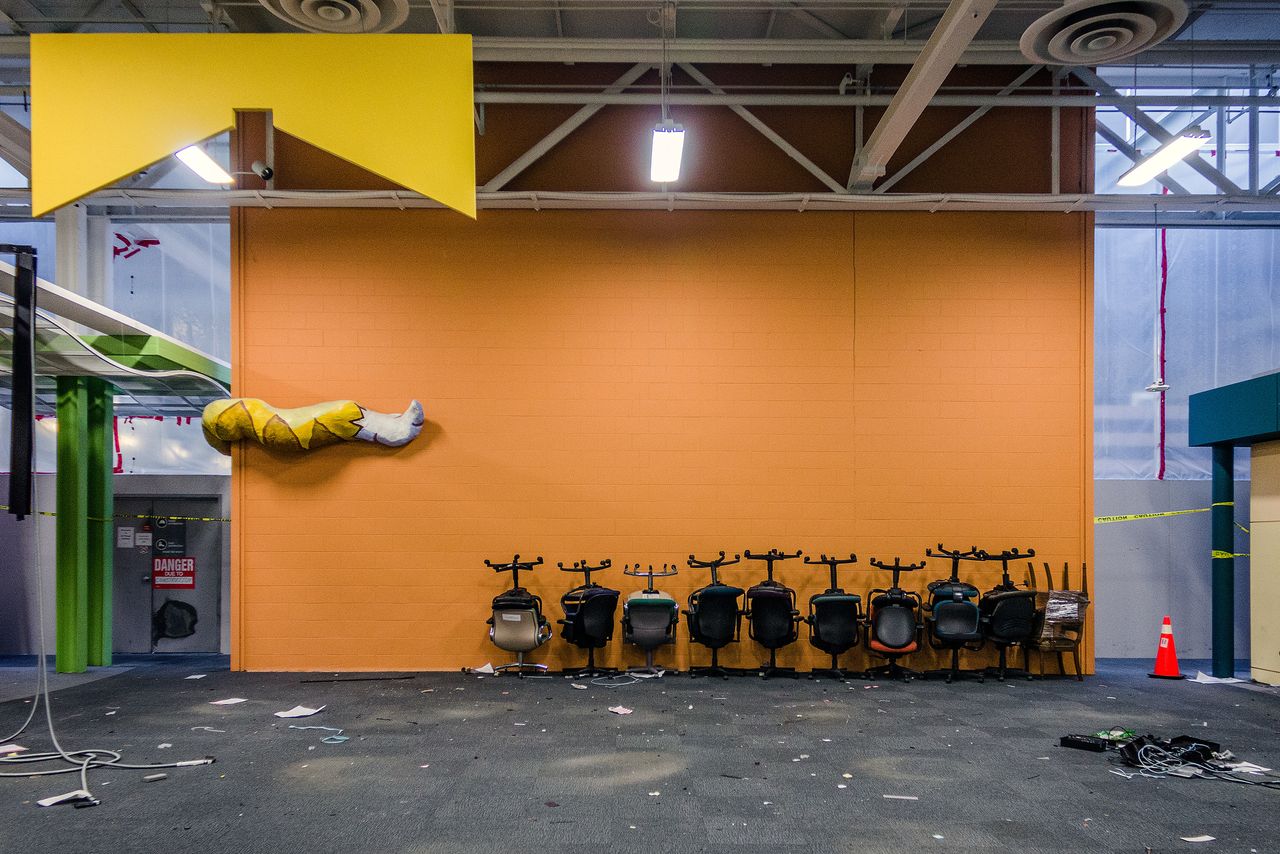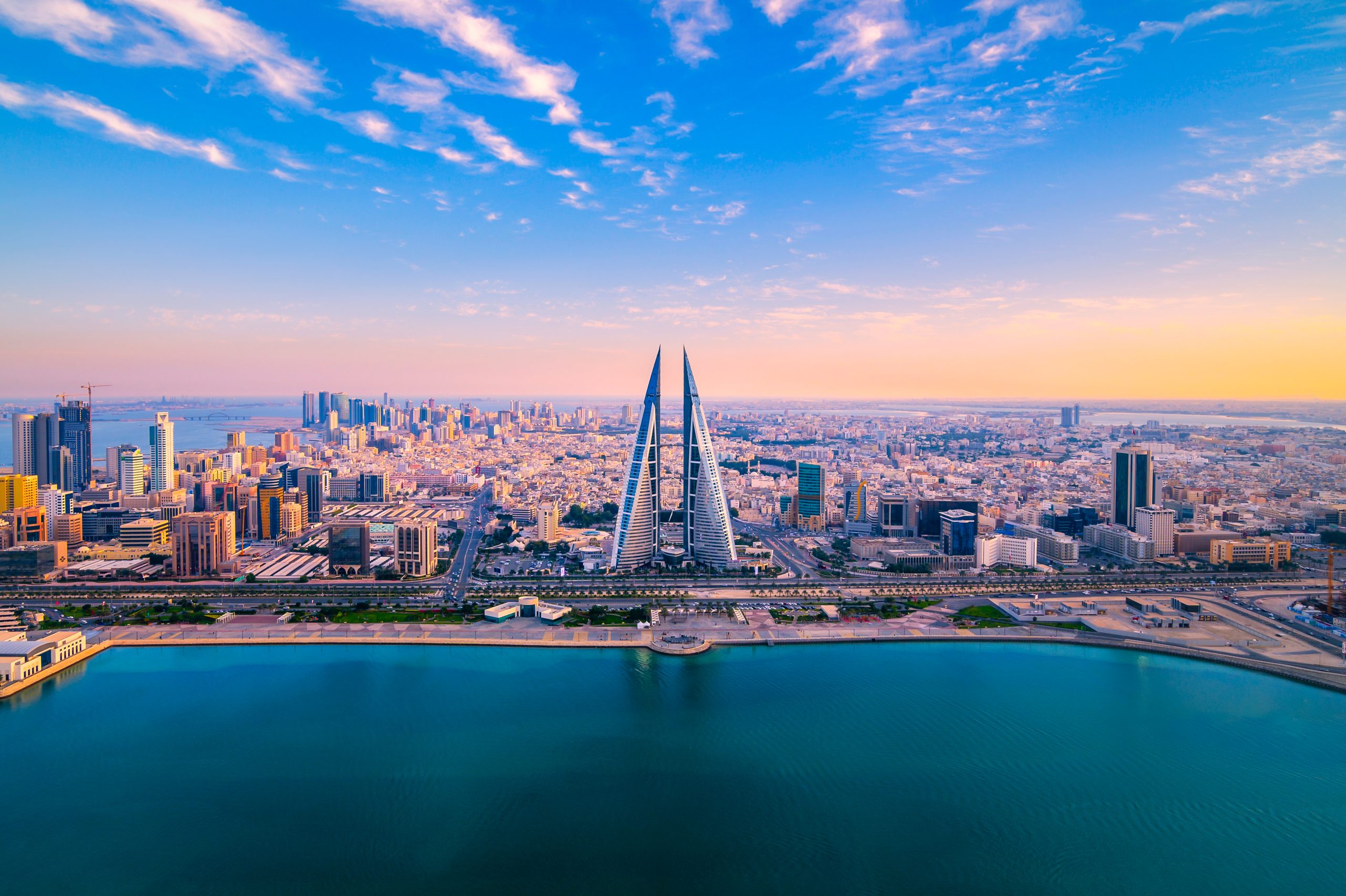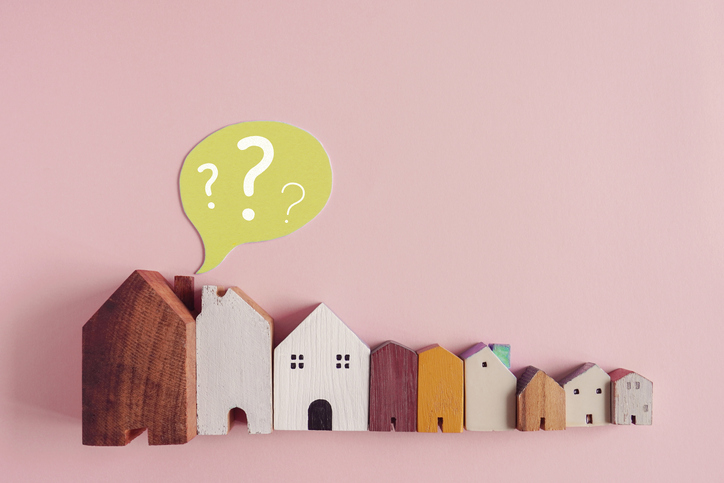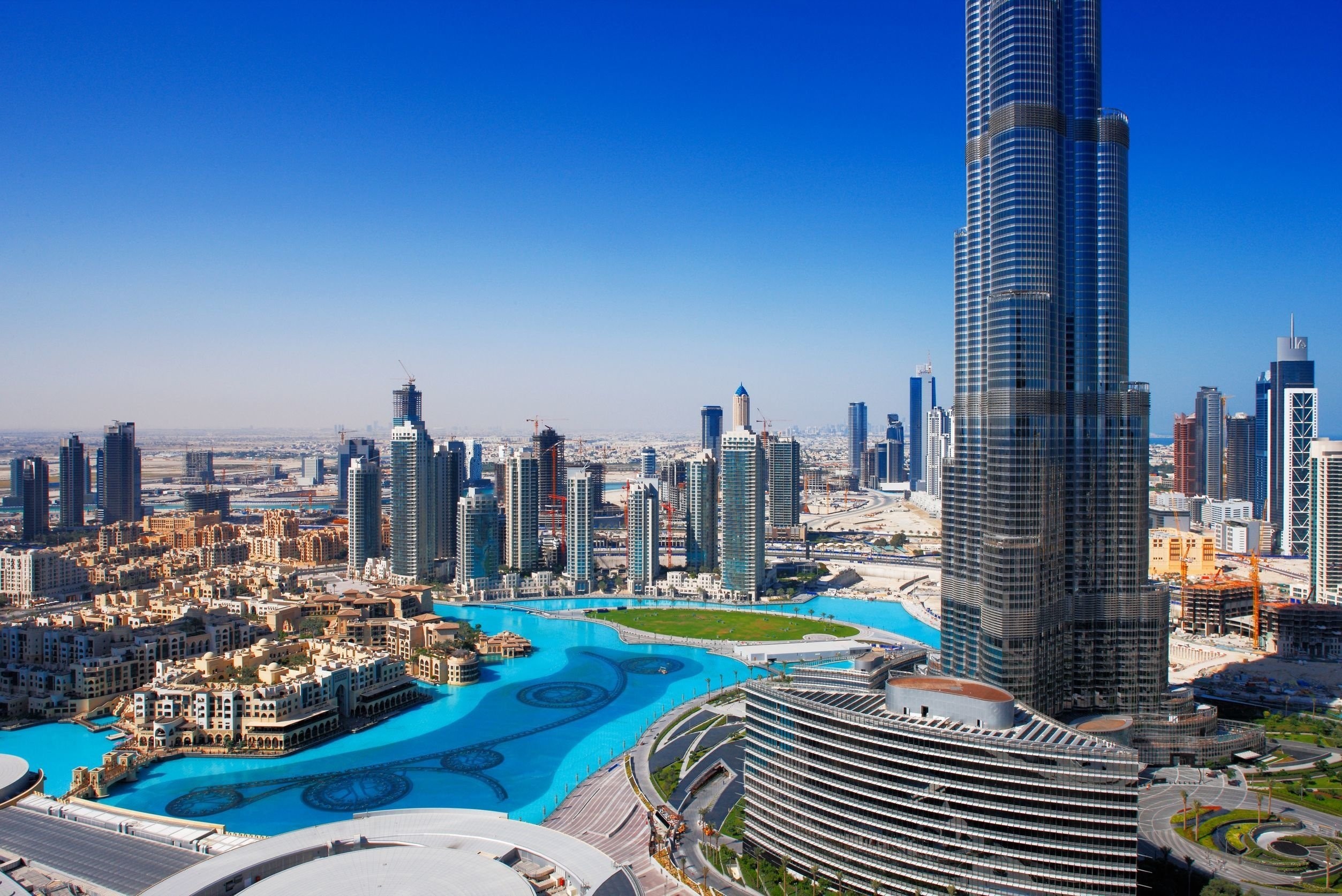Green Standards Gives a Second Life to Office Furnishings
When a company office needs a refresh, surplus items typically follow a straight line journey: out the door toward the landfill. Yet, much of this furniture and equipment could have a second life instead of being junked.
“It’s so critical with all the churn that’s happening at this moment in workplaces that we are thinking in a circular way about that journey,” says Green Standards CEO Trevor Langdon.
That’s where the Toronto-based global workplace decommissioning firm comes in. Green Standards acts as a project manager when companies upgrade or downsize, helping firms coordinate the process and the donation, sale, and disposal of items they no longer need.
The U.S. Environmental Protection Agency reports about 80% of furnishings end up in landfills, but Green Standards has diverted 98.6% of workplace goods away from landfills for its projects.
More: Legislation Could Wipe out Credit Card Rewards—Big Spenders Stand to Lose the Most
Green Standards has always had a limited audience of early adopters, but Langdon, 37, says its approach is now considered the minimum standard.
“Tastes and attitudes have changed,” he says. Employees expect companies to follow through on their promises to be good corporate citizens, and not to abandon those standards on moving day.
Langdon witnessed these shifts firsthand during the past 11 years as he rose from a project coordinator position seeking charity partners for Green Standards to the CEO office. There’s been an acceleration in business since the start of the Covid-19 pandemic, not only because of its massive impact on corporate real estate portfolios but because it sped up discussions of the impact of climate change, he says. Now more companies than ever before, including more than 25% of Fortune 100 firms, are seeking his company’s services.
THE SERVICE
“We take on the scoping of the project,” Langdon says, which includes bidding for and managing the logistics companies that take everything down and vacate the spaces.
Green Standards also manages the disposition strategy and tracks the outcome for each item. “We take an inventory and then figure out what’s going to go where,” Langdon says. The value of each item is determined by considering its age, quality, and reuse potential.
The firm uses a process it calls “sustainable decommissioning” to determine the best solution for items. This includes recycling (with specialized recyclers offering preferred rates), selling (through a network of furniture brokers and buyers), or donating items. One of several proprietary elements of the process is the network of over 20,000 nonprofits that have opted in to receive furniture donations from Green Standards clients.
More:Jeff Bezos Is Spending US$400 Million to Make Underserved Communities Greener
Though Green Standards does 95% of its business in North America, it’s recently started taking on international projects and is now active in 35 countries.
THE PRICE
“On the whole, we’re pretty cost-competitive with the conventional approach of sending everything to the dump,” Langdon says. Regardless of how companies dispose of items when they downsize or move offices, removing thousands of pieces of furniture from buildings comes with costs.
“Nobody volunteers their time to come do that,” says Langdon. “Often in a typical project, US$1 to US$2 a square foot is pretty standard.”
The type of office building and its geographical location often dictates hard costs like labor. He notes that higher-than-average local labor costs or elements that complicate removing goods like minimal freight elevators or the need to work after hours so as not to disturb neighbouring companies can increase costs to US$3-US$4 per square foot.
The residual value of office items dictates the offsets. Though some projects are cost neutral for clients, others with newer, high-quality furniture can be profitable. Because companies update their offices more frequently today than in the past, furnishings can often be less than 10 years old, Langdon says.
WHAT’S THE GOOD
Besides diverting goods from landfill, Green Standards has helped corporations make nearly US$40 million worth of in-kind donations to nonprofits. “It’s not a little bit here or there,” Langdon says. The donations enable these organisations to put money toward their missions and programming, rather than using it to purchase furniture and other items.
Green Standards prepares a report for each company at the end of the process detailing the disposition strategies and impact created. Some clients integrate this information into their annual sustainability reports, he says. These figures help show the ripple effect of Green Standards’ approach.
From Mansion Global:Murder Manor—an English Estate Where an Infamous Victorian Slaying Took Place Is Selling for £5.25 Million
When decommissioning multiple corporate campuses across Michigan for automotive giant General Motors, Green Standards kept “7,000-plus tons of surplus furniture from landfill while making in-kind donations of more than US$1,000,000 to 102 non-profits,” according to a Green Standards case study. By recycling items instead of taking them to landfill, the company estimates General Motors avoided creating more than 30,000 metric tons of carbon dioxide emissions.
Meanwhile, in projects completed for Menlo Park, Calif.-headquartered software company Genesys, nearly 40% of items were donated to 25 nonprofits. In Genesys projects Green Standards oversaw in the Netherlands, Poland, and the U.K., the firm reached 100% landfill diversion rates.
WHAT’S NEXT
Aside from increasing its global presence, Langdon is looking at other areas of expansion. These include working with other types of companies, such as bank branches or clinical health offices. There are even possibilities, he says, to leverage the company’s technology to help clients track internal reuse of resources like furniture to re-deploy and extend lifecycles. Clients are “looking to us to help with that, which is really exciting,” he says.
The company is also having conversations with original equipment manufacturers who want to rethink how to improve product designs to account for their end-of-life reuse. Some products Green Standards encounters are made with multiple types of plastic, glass, metal, and other materials that make recycling challenging.
“Ten years down the road, we might see product that’s coming out of buildings that we had a bit of input into how to design for getting that out of the building effectively,” Langdon says.
 Copyright 2020, Dow Jones & Company, Inc. All Rights Reserved Worldwide. LEARN MORE
Copyright 2020, Dow Jones & Company, Inc. All Rights Reserved Worldwide. LEARN MORE
Chris Dixon, a partner who led the charge, says he has a ‘very long-term horizon’
Americans now think they need at least $1.25 million for retirement, a 20% increase from a year ago, according to a survey by Northwestern Mutual
Saudi Arabia ranked first among countries for the non-oil exports of national origin with BD201 million (22%)
Bahrain’s non-oil exports of national origin decreased by 6% to BD894 million ($2.37 billion) in Q2 2024 compared to the same period in 2023. The top 10 countries accounted for 64% of the total export value.
According to the Information & eGovernment Authority (iGA) in its Q2 2024 Foreign Trade report, Saudi Arabia was the leading destination for these exports, totaling BD201 million (22%). The US followed with BD75 million (8.4%), and the UAE with BD73 million (8.2%).
Unwrought aluminum alloys were the top exported product in Q2 2024, amounting to BD267 million (30%), followed by agglomerated iron ores and concentrates alloyed at BD159 million (18%) and non-alloyed aluminum wire at BD49 million (5%).
Non-oil re-exports
Non-oil re-exports increased by 4% to reach BD206 million during Q2 2024, compared to BD198 million for same quarter in 2023. The top 10 countries accounted for 86% of the re-exported value. The UAE ranked first with BD58 million (28%) followed by Saudi Arabia with BD39 million (19%) and UK with BD17 million (8%).
As per the report, turbo-jets worth BD65 million (32%) were the top product re-exported from Bahrain, followed by private cars with BD11 million (5%) and four-wheel drive with BD9 million (4%).
The value of non-oil imports has decreased by 4% reaching to BD1.41 billion in Q2 2024 in comparison with BD1.47 billion for same quarter in 2023. The top 10 countries for imports recorded 68% of the total value of imports.

China Bahrain’s biggest importer
China ranked first for imports to Bahrain, with a total of BD191 million (14%), followed by Brazil with BD157 million (11%) and Australia with BD112 million (8%).
Non-agglomerated iron ores and concentrates were the top product imported to Bahrain worth BD200 million (14%), followed by other aluminum oxide with BD101 million (7%) and parts for aircraft engines with BD41 million (3%).
As for the trade balance, which represents the difference between exports and imports, the deficit logged was BD310 million in Q2 2024 compared to BD322 million in Q2 2023.
Chris Dixon, a partner who led the charge, says he has a ‘very long-term horizon’
Americans now think they need at least $1.25 million for retirement, a 20% increase from a year ago, according to a survey by Northwestern Mutual





















